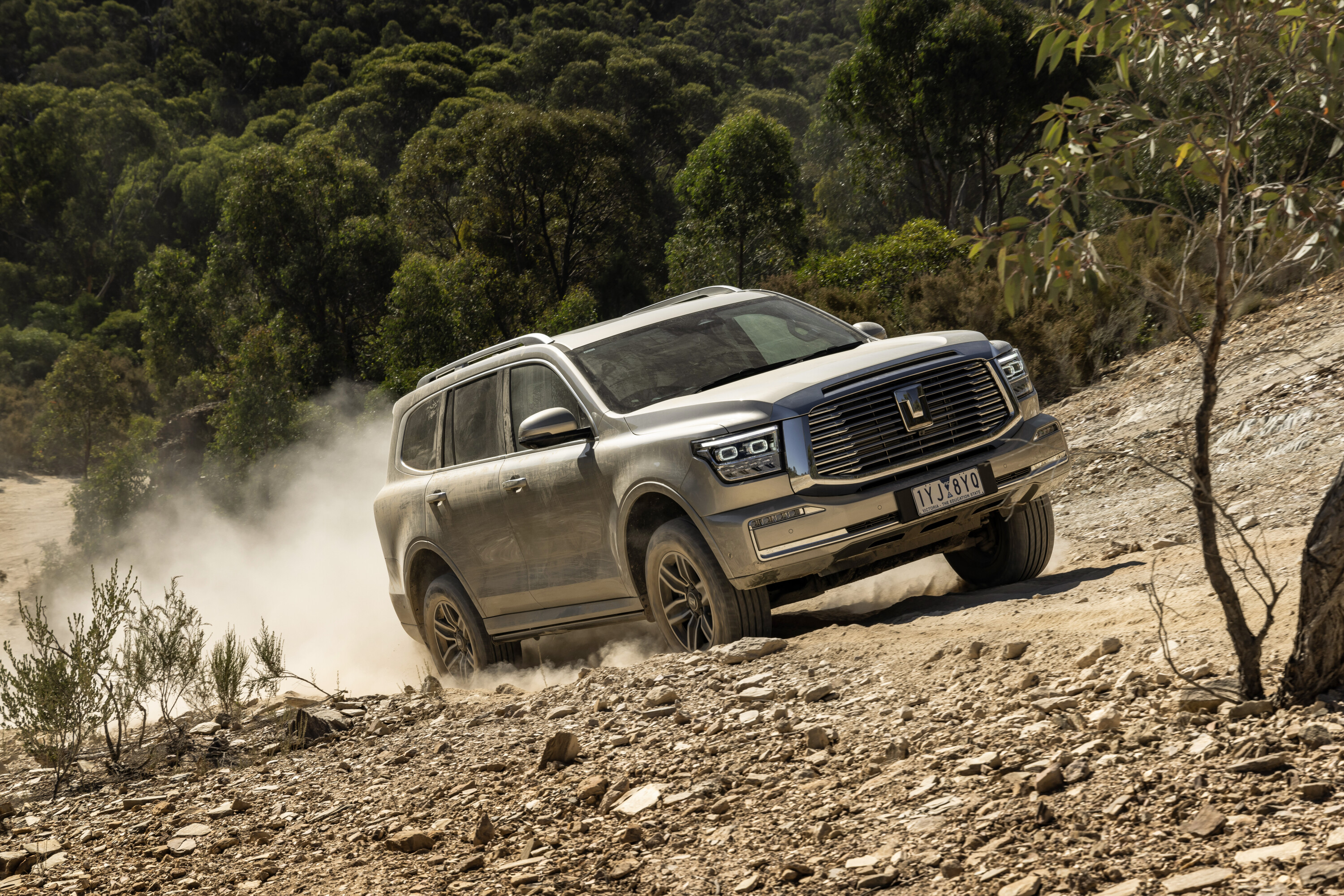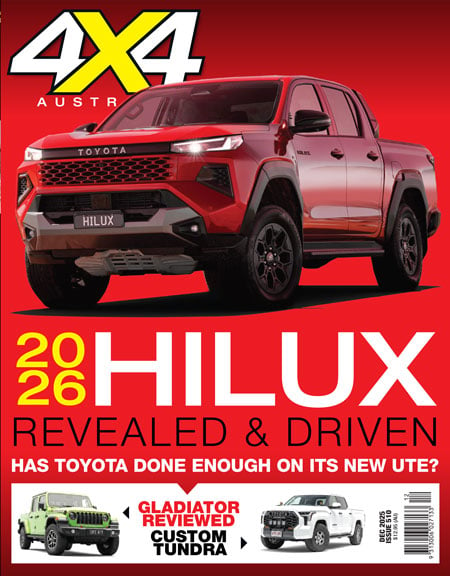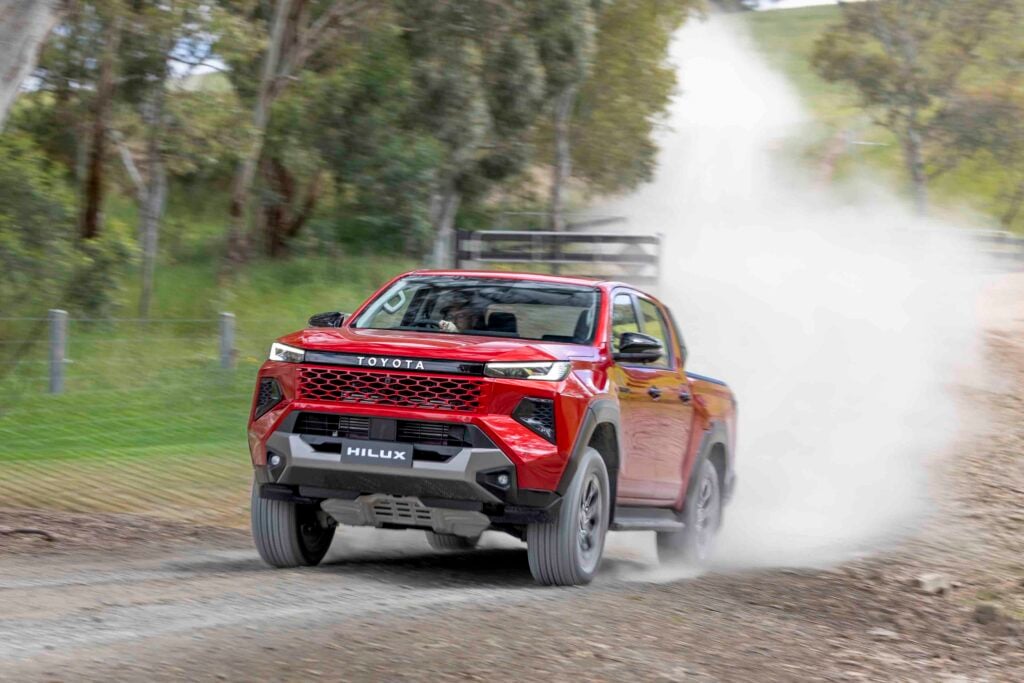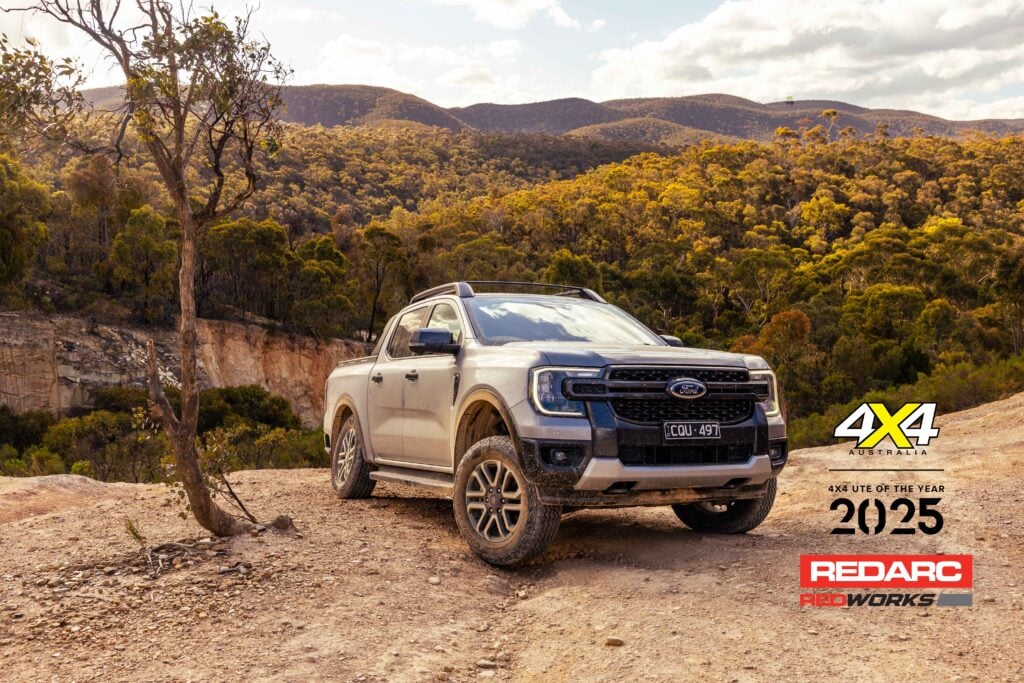Things we like
- Lots of kit for the price
- Performance of drivetrain
- Interior space
Not so much
- Annoying driver monitor/interface
- Compliance of suspension
- Confusing interior buttons
GWM, the brand formerly known as Great Wall, has launched a serious assault on the large 4×4 wagon segment with its three-row, seven-seat, body-on-frame Tank 500.
Set to go head-to-head with the likes of Ford Everest, Toyota Prado and Isuzu MU-X, the Tank 500 is a large SUV measuring 5078mm in length and 1934mm wide. To a lesser extent, some might even see it as an alternative to the LandCruiser 300 and Nissan Patrol.
In comparison, the soon to be superseded, segment-leading Prado J150 is 4930 x 1885mm, while the challenging Ford Everest comes in at 4914 x 2207mm. So the Tank is a big wagon and you feel it when you climb into its extensively appointed cabin.
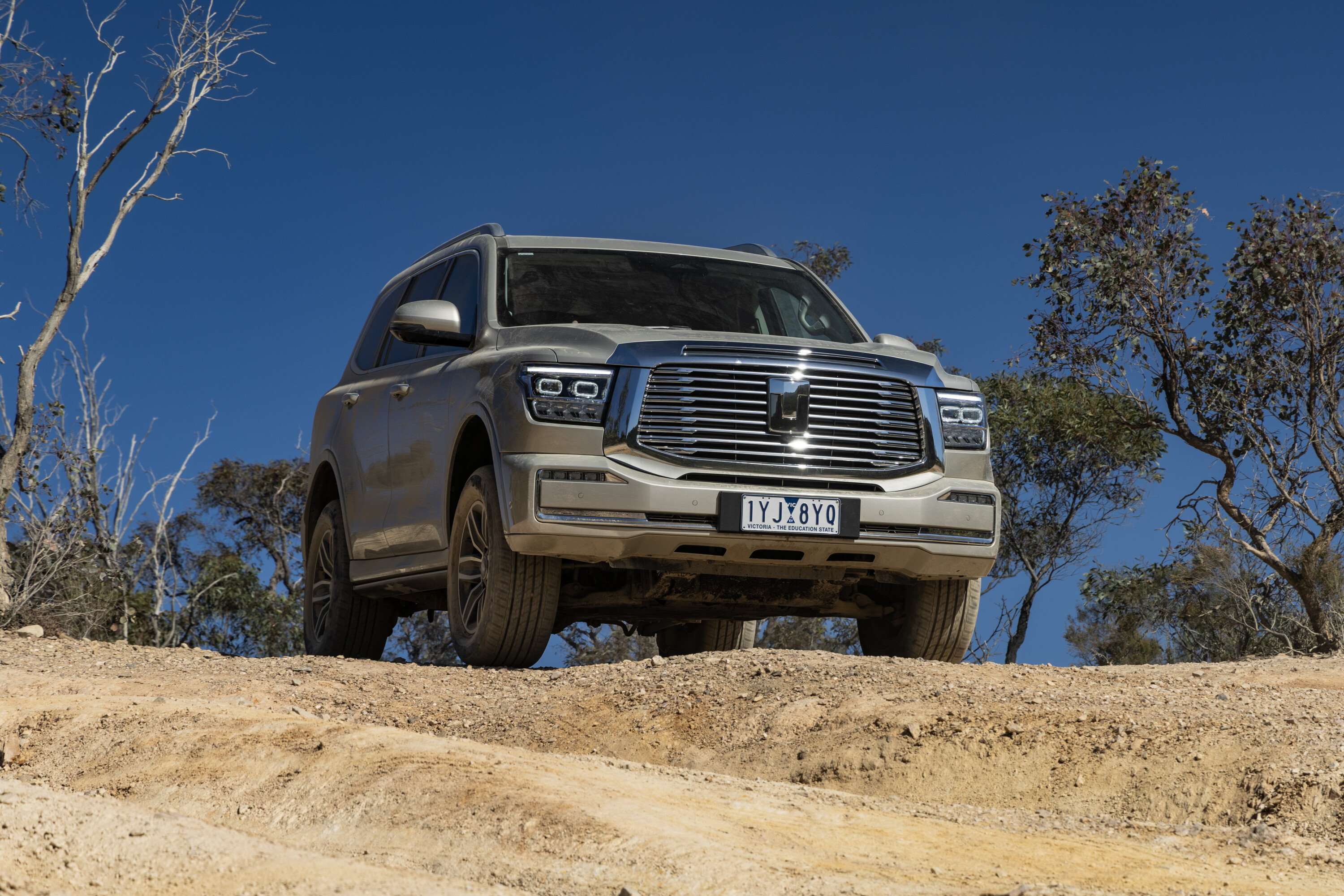
JUMP AHEAD
What you get
The Tank 500 is available in two grades: the Tank 500 Lux, which is $66,490 drive-away; and the Tank 500 Ultra, which is $73,990 drive-away.
Both of the three-row, seven-seat models are powered by a 2.0-litre turbocharged petrol engine hybrid powertrain that produces a combined 255kW and 642Nm with a claimed combined fuel consumption of 8.5L/100km.
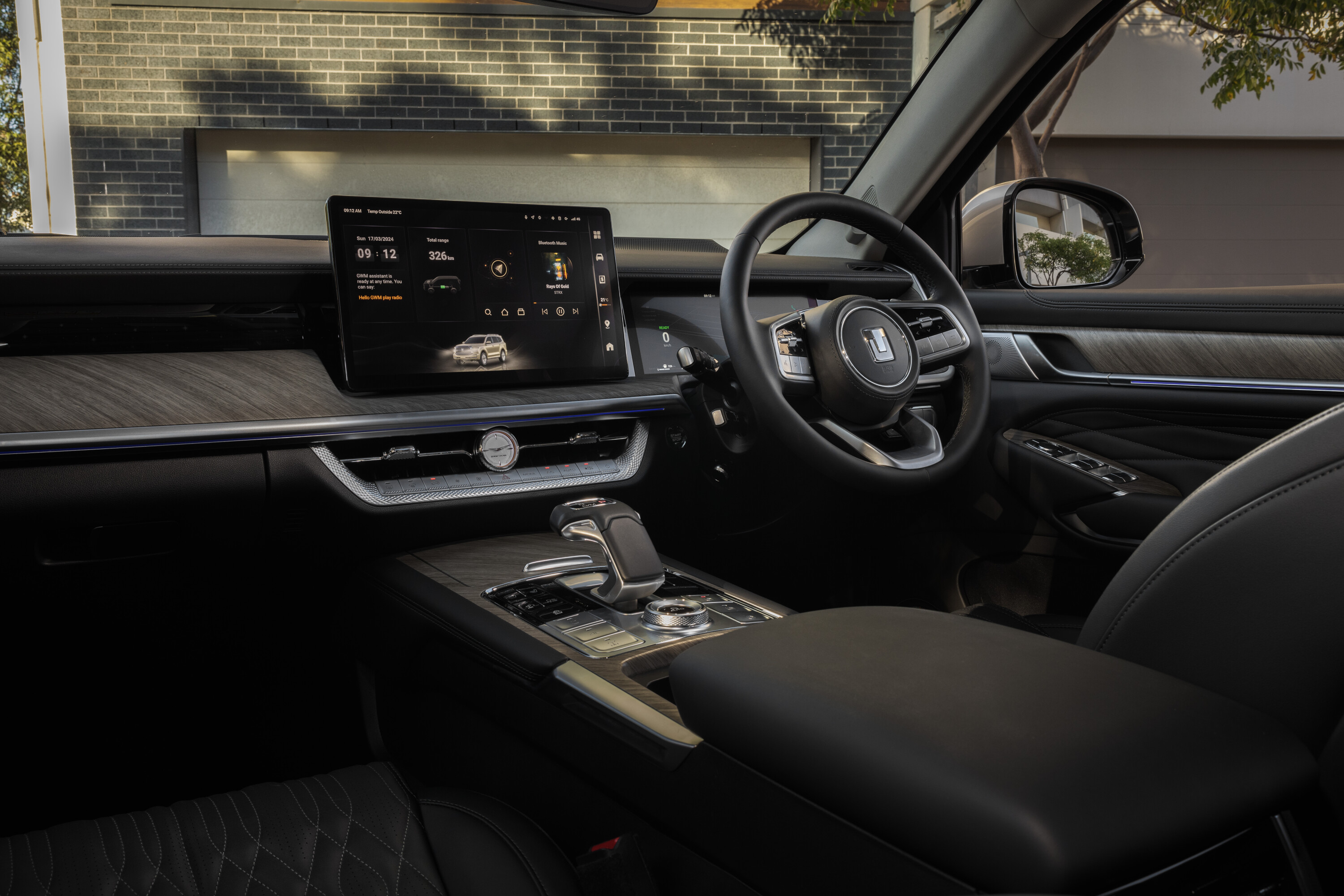
Standard equipment in the Tank 500 Lux includes auto-levelling LED headlights; 18-inch alloy wheels; a powered sunroof; faux leather interior trim with heating and eight-way power adjustment on the driver’s seat and four-way power adjustment on the front passenger’s seat; 14.6-inch infotainment touchscreen with 360° view monitor and clear chassis view; 12.3-inch digital gauge cluster; wireless CarPlay and Android phone mirroring; and an eight-speaker audio system.
Step up to the Ultra and it adds a panoramic sunroof; power-deploying side steps; head-up driver’s display; black Nappa leather-accented interior trim; 64-colour ambient interior lighting; heated steering wheel; ventilated and massaging front seats with memory and six-way power adjustment for the front passenger seat; second-row outer seats are ventilated and feature window shades; power-folding third-row seats; 12-speaker Premium Infinity audio system; active cabin noise-cancelling; and a soft-touch closing tailgate.
How does it drive?
Our drive was in an Ultra variant, and the cabin feels well-appointed and the layout is relatively easy to use.
A lot of the HVAC controls are on the screen, but some of them are doubled up with real buttons below the screen – these are silver and aren’t always easy to read when on the move. It’s the same for the finish on the plethora of buttons on the steering wheel.
We say it is relatively easy to use but it took two of us several minutes to find the buttons to adjust cabin temperature. Despite the many buttons on the dash and on the screen, tactile dials for regularly used functions like cabin temperature and audio volume are missing, which requires the driver to take their eyes off the road to find the control. The steering wheel isn’t any better, with more buttons than this typewriter.
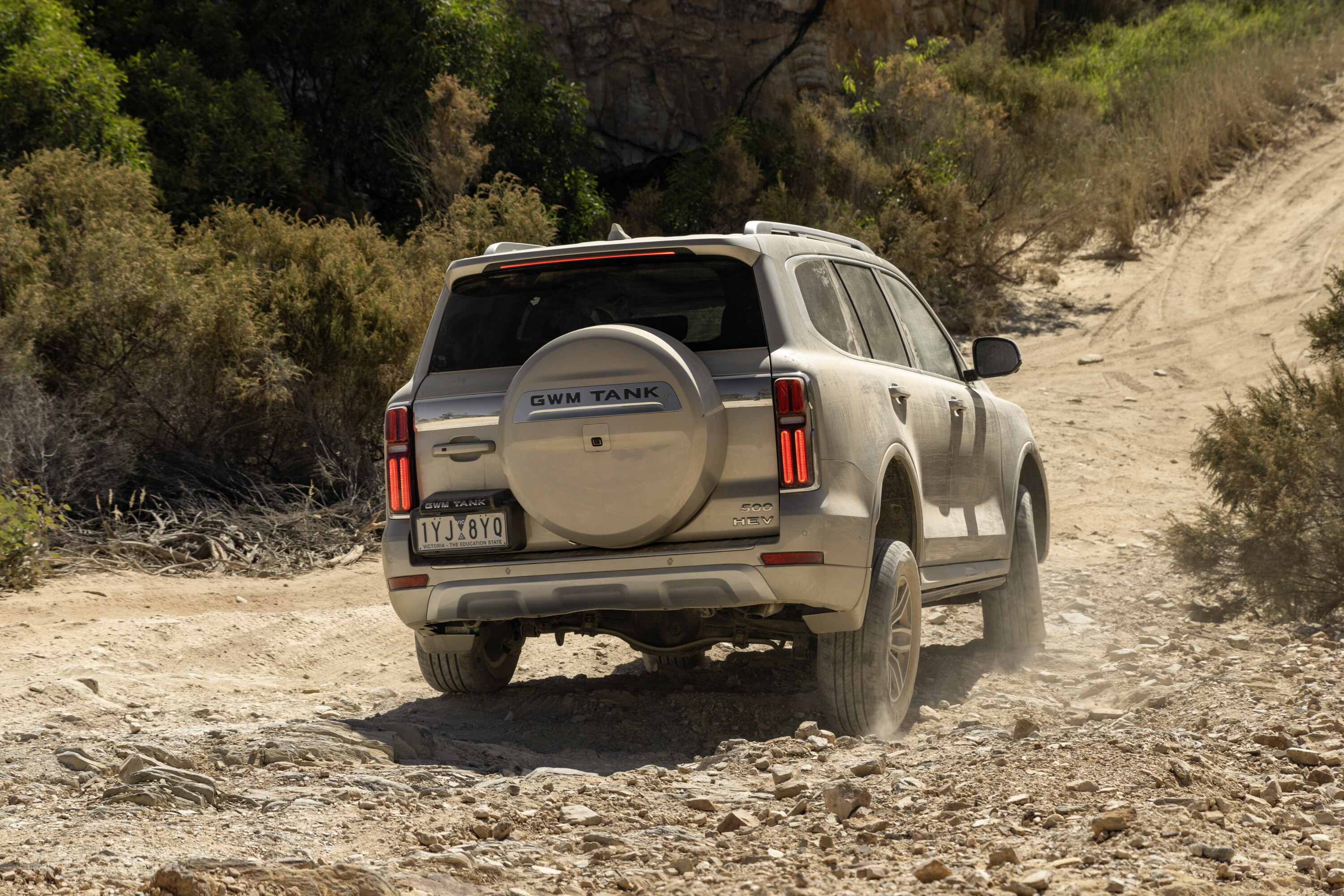
The Tank 500 hasn’t been tested to achieve an ANCAP safety rating, but GWM’s internal testing predicts it will achieve a five-star rating when tested. Standard safety kit includes AEB; TPMS; front, side centre and curtain airbags; EPS; ETC forward collision; lane departure warnings; and all the other ADAS features required to gain that top level rating.
One so-called safety feature is the driver monitor, which we found to be more of a frustration than anything else as it was constantly barking out warnings and advice worse than a nagging passenger. If this is what new car tech has come to, then you can count me out as I found it unbearable. GWM is not alone in this annoying technology.
Likewise, the lane keeping was also annoying when driving on gravel roads without side marker lines, constantly spruiking warnings and occasionally making wild steering adjustments.
Powertrain
At odds with most of its large 4×4 wagon competitors, the Tank 500 only comes with a petrol/hybrid powertrain, and before you scoff at the idea of a 2.0-litre petrol engine, the 648Nm should make you think again.
The turbocharged petrol engine produces 180kW and 380Nm on its own, but when boosted by the 78kW/269Nm of the electric motor, it more than makes up for any deficit to its diesel-fuelled competition.
The hybrid system is seamless and something the driver doesn’t need to consider. It has a few modes to suit the driving you do including a Sport mode, which cuts back on the off-throttle power regeneration. In Normal/Eco mode you really feel the deceleration of system-regenerating energy.
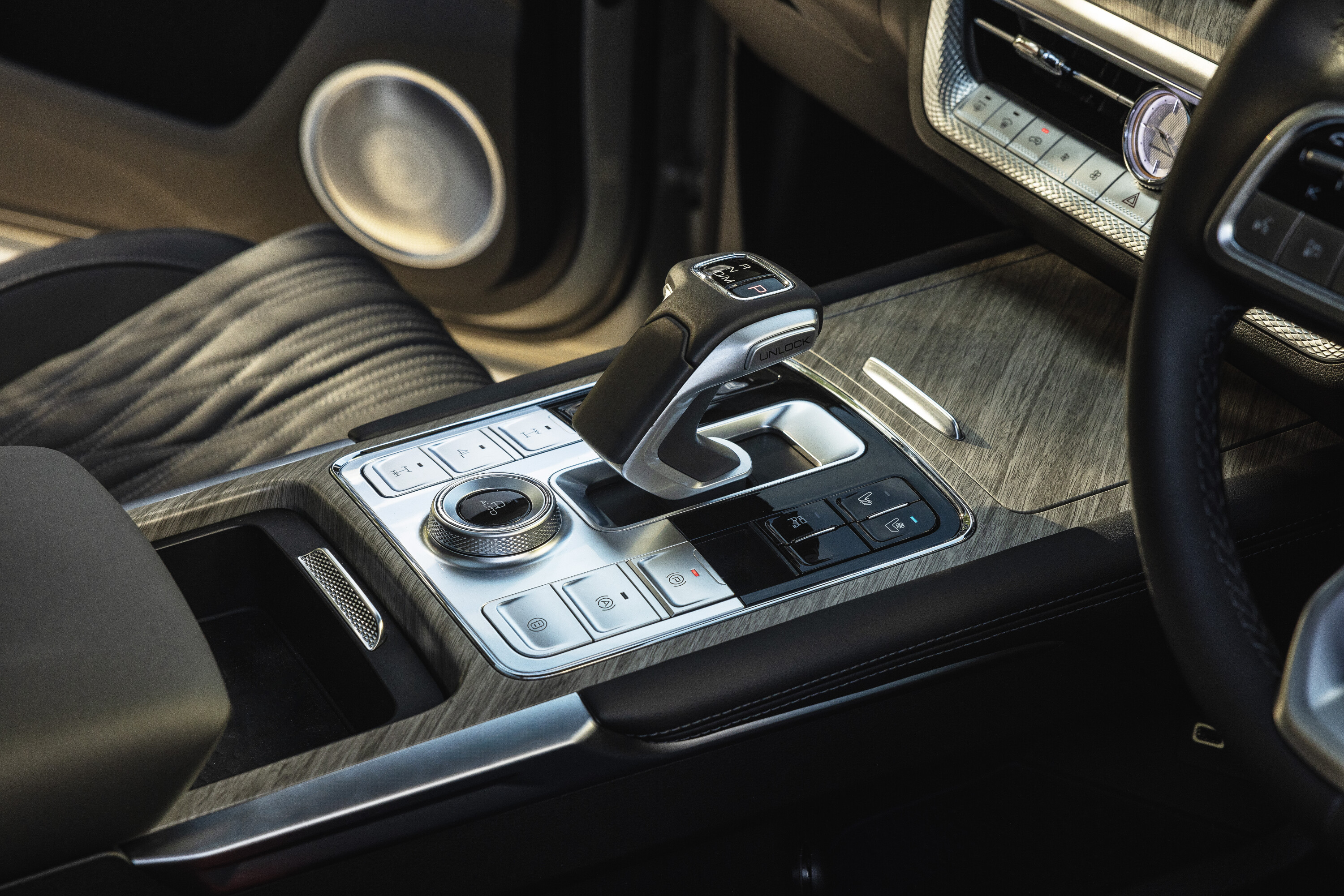
The engine is backed by a nine-speed automatic transmission, with the electric motor housed up front with the torque converter. An electronic gear shifter sits in the console and shift paddles are mounted behind the steering wheel.
Four-wheel drive comes via a BorgWarner full-time, dual-range transfer case, while a rear differential lock is standard on both models – the Ultra adds a front locker as well. The LandCruiser GR Sport and 70 Series range are the only other large 4×4 wagons to offer front and rear lockers as standard kit. so it’s impressive to see it in the Tank 500. Off-road performance is bolstered by the usual ETC, but the Tank also has crawl control and tank-turn functions, again features only found elsewhere on the LandCruiser.
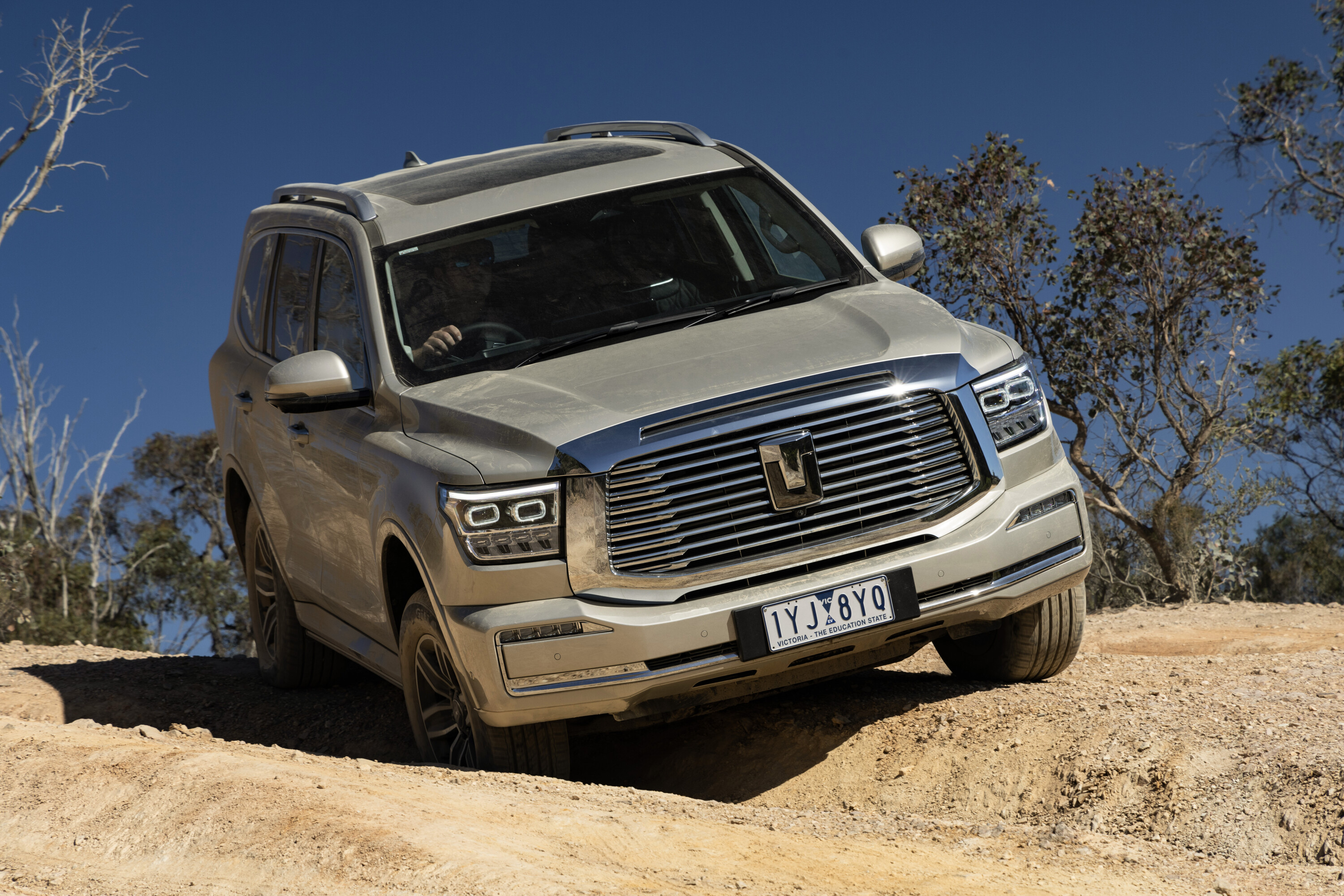
Driving modes for both on- and off-road use include settings for Eco, Normal, Sports, Snow, Sand, Rock, Mud, Auto and Expert. The Expert modes allow you to tailor the settings of the throttle control, steering feel, transmission and other parameters to your own specific tastes.
The off-road component of the launch drive included rutted and rocky climbs that would have been a test for any standard modern 4WD, and the Tank 500 conquered them impressively without needing to engage the lockers or anything other than the ETC. In fact, we left it in the Auto drive mode and it got on with the job with relative ease.
| Off-road specs | |
|---|---|
| Approach angle | 30u00b0 |
| Ramp-over angle | 22.5u00b0 |
| Departure angle | 24u00b0 |
| Ground clearance | 224mm |
| Wading depth | 800mm |
On sealed roads the Tank 500 delivers a level of refinement that none of its diesel-fuelled rivals can come near, especially not the four-cylinder diesel-powered vehicles. The performance of the combined hybrid powertrain would also be a revelation to anyone used to diesels – it feels more like a Nissan Patrol when you put your boot down, but without the Patrol’s heavenly V8 engine roar.
The suspension is firm and can get a bit flustered over small bumps and corrugations, but it controls larger holes and bumps much better and allows minimal body roll when cornering. Its low-speed compliance works better than the higher speed treatment of smaller bumps in the road.
Just because it’s a hybrid vehicle loaded with tech and features doesn’t mean the Tank 500 is light duty. It uses a traditional body-on-ladder-frame chassis design and has a useful 790kg payload and 3000kg towing capacity. While the towing might not be up to the 3500kg max many of its rivals offer, it’s still plenty.
Verdict
The GWM Tank 500 might not be everyone’s cup of tea, but there’s no denying it offers a lot of features, space, comfort and ability for the price, giving buyers access to luxury that would cost a lot more in the top specification of its rivals.
Where it falls short is in the calibration of some of the key systems such as steering feel and autonomous steering, suspension refinement, and some of the switchgear and controls that are not as simple as they should be. The Tank brand is still emerging and we’re sure it will improve these shortcomings in future updates and new models.
The smaller Tank 300 is already proving to be popular with buyers, as it delivers genuine capability to buyers who might otherwise not be able to afford such a new car. The Tank 500 continues along this path but in a bigger, more feature-laden segment that is a favourite with Australian families.
GWM Tank 500 Ultra specs
| Price | $73,990 (drive-away) |
|---|---|
| Engine | Petrol-electric hybrid |
| Capacity | 1998cc |
| Max power | 225kW @ 5500-6000rpmu00a0 |
| Max torque | 648Nm @ 1700-4000rpm |
| Transmission | 9-speed automatic |
| 4×4 system | Full-time, dual-range 4×4 |
| Construction | 5-door wagon on ladder frame chassis |
| Front suspension | Double wishbone, coil IFS |
| Rear suspension | Multi-link coils |
| Tyres | 265/60 R18 |
| Weight | 2605kg (kerb) |
| GVW | 3395kg |
| GCM | 6705kg |
| Towing capacity | 3000kg |
| Payload | 790kg |
| Seats | 7 |
| Fuel tank | 80L |
| ADR fuel consumption | 8.5L/100km |
Things we like
- Lots of kit for the price
- Performance of drivetrain
- Interior space
Not so much
- Annoying driver monitor/interface
- Compliance of suspension
- Confusing interior buttons


